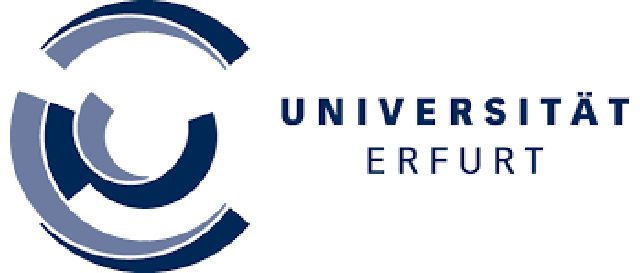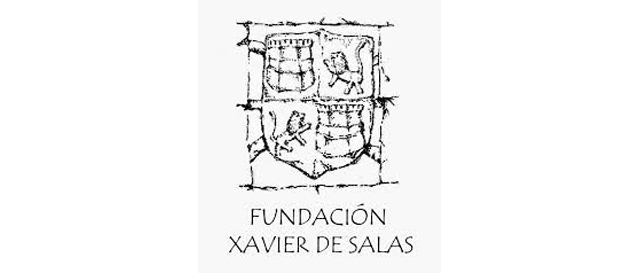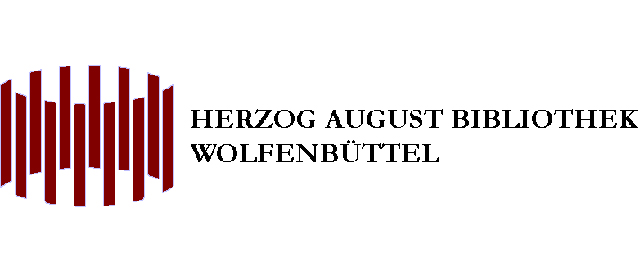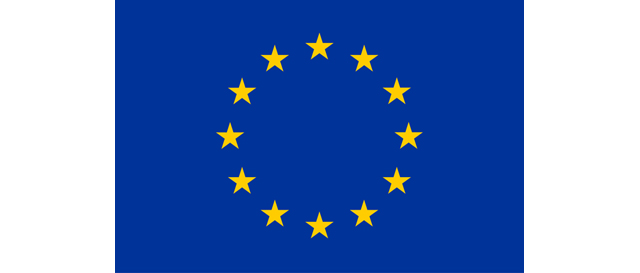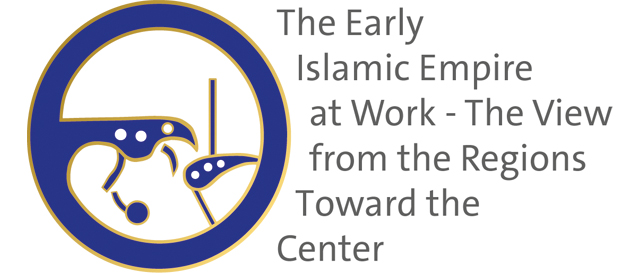Eastern Coins in the Early Modern World Antiquarianism and the Oriental Artifact 1500-1800, Sept. 26-29, 2017, Trujillo, Spain
Martin Mulsow (Erfurt/ Gotha), Stefan Heidemann (Hamburg)
Fundación Xavier de Salas / Herzog August Bibliothek Wolfenbüttel
From the 15th to the 18th century, collecting, studying, and exchanging antique coins as gifts was an antiquarian interest that reflected a social pattern among scholars, learned individuals, and even princes. Collecting coins was regarded as a comparatively inexpensive approach for reconstructing ancient history. The scholarly and historical fascination with coins was applied to the study of the two great civilizations of antiquity, Rome and Greece. The history of the Orient, in comparison, was still a fledgling field of study. The first Islamic chronicle available in Europe which provided access to Islamic history was the Historia Saracenica published by Thomas Erpenius in 1625. Some scholars, such as Johann Heinrich Hottinger in his De nummis orientalium (1659) even published short books and articles on Oriental coins. These works greatly extended the world of antiquarian curiosity to Oriental artifacts and to the east more widely. It is interesting to note that many scholars tried to link their insights into the Orient with the Orient that they knew best, that of the Bible.
The first monograph on Islamic coins was published and illustrated in 1724 by Georg Jakob Kehr as Monarchiae Asiatico-Saracenicae Status. Kehr’s description of a hoard of Kufic dirhams is surprisingly accurate and he also provided a full report of its provenance. This monograph became a landmark publication and represented the inception of the study of Islamic archaeology.
The decades after the European Seven-Years-War (1756-1763) mark an unprecedented transition in humanities in general and in antiquarian studies in particular, to a more systematic and methodical approach in scholarship. In Germany, Oriental Numismatics with J. G. Eichhorn, O. Tychsen, and J. G. Adler went along the disciplinary path of Biblical Studies, which itself progressed from the historical turn within the theology of enlightenment to Oriental philology. Adler’s scholarly description of the collection of Stefano Borgia (1782) set an example of scholarship for a generation of European scholars. In Spain, Bernardo Aldrete had studied Punic coins in his Varias antiguedades de España, Africa y otras prouincias in 1614. Vincenzio Juan de Lastanosa’s Museo de las medallas desconocidas españolas (1645) was an early example of the antiquarian interest in Islamic coins. This scholarly interest finally took off with the Maronite Miguel Casiri at the Royal Library in the 1780s.
Based on recent scholarship on early modern antiquarianism and the genesis of Oriental philologies in the 17th century, we intend with this conference to contribute new insights into the rise of antiquarianism with respect to Oriental objects and to consider the different scholarly attitudes towards the material culture of the Orient and vice versa.
[ program]

